How the USNTDP's U17 crucible forged this 4 Nations team
"Men are men."
Those three words transport Zach Werenski, Matthew Tkachuk, and 20 other 1997-born American hockey players back to the Ann Arbor Ice Cube west of Detroit. The players can visualize the 2013-14 U.S. National Team Development Program coaching staff arranging long black horizontal pads to shrink the playing surface to a small square at one end of the rink. They can hear the screech of the coach's whistle, skates carving up the ice, bodies colliding at full throttle, and teammates exchanging expletives.
"There'd be two or three guys per team, our coach Donnny Granato would flip a puck in, and guys would run each other. We'd be blowing each other up in practice," said Werenski, the Blue Jackets' longtime top defenseman.
Werenski dreaded drawing fellow future NHLers Noah Hanifin and Jordan Greenway. Both were hovering around 6-foot-4 and 190 pounds at 16 years old, and there was nowhere to hide in the "men are men" drill. Werenski remembers close friends going so hard that they'd be "hating each other for the rest of the day."
"There was almost a scrap like every single practice," Tkachuk said.
"The No. 1 thing in hockey is competitiveness and one-on-one battles," the Panthers winger added. "That drill, in itself, teaches you everything you need to know about that skill set."
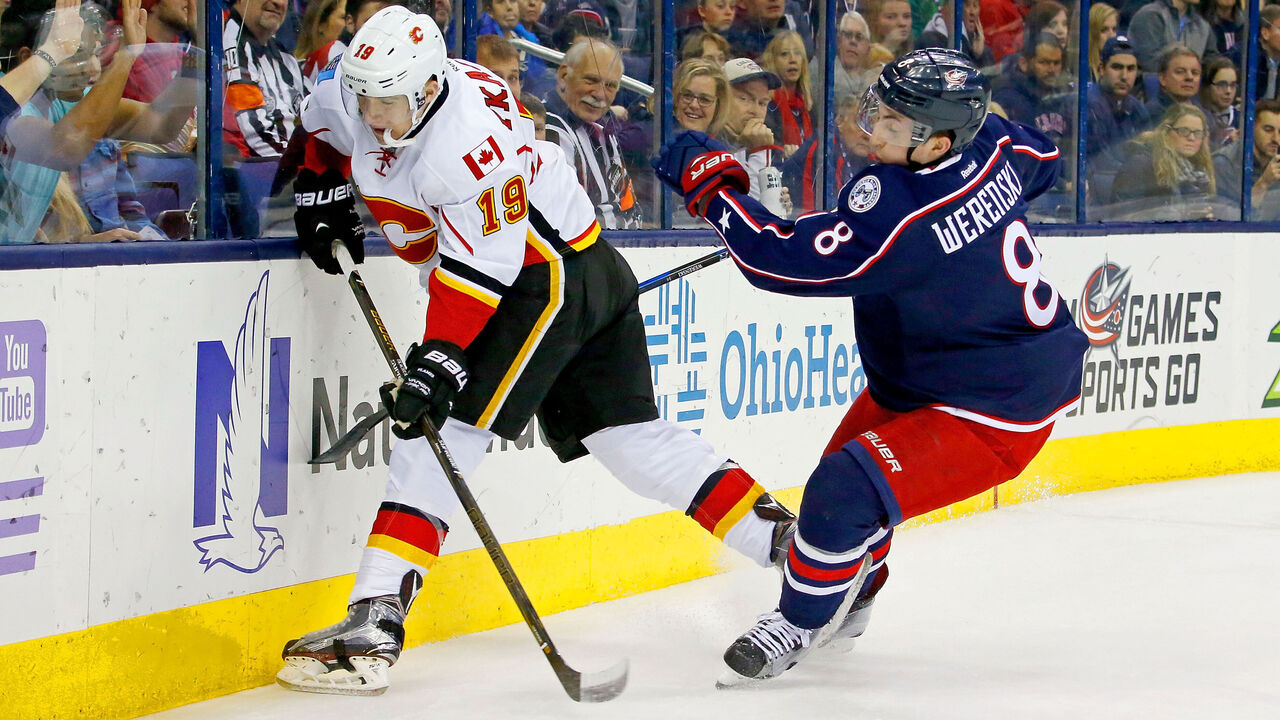
More than half of that 2013-14 Under-17 team made it to the NHL. Some bounce in and out of the league, others are middle-of-the-lineup skaters, and a handful are stars. Remarkably, five will suit up for Team USA at the 4 Nations Face-Off: Werenski, Tkachuk, Hanifin, Charlie McAvoy, and Auston Matthews.
Captain Matthews and alternates Tkachuk and McAvoy are the elected leaders for a 4 Nations team filled with NTDP alumni. In total, 15 of 23 players spent at least one year in Ann Arbor or Plymouth, Michigan, where the program moved in 2015. The NTDP is a rite of passage for Americans chasing the NHL dream.
"It's a candy store for elite hockey players," former coach Danton Cole said.
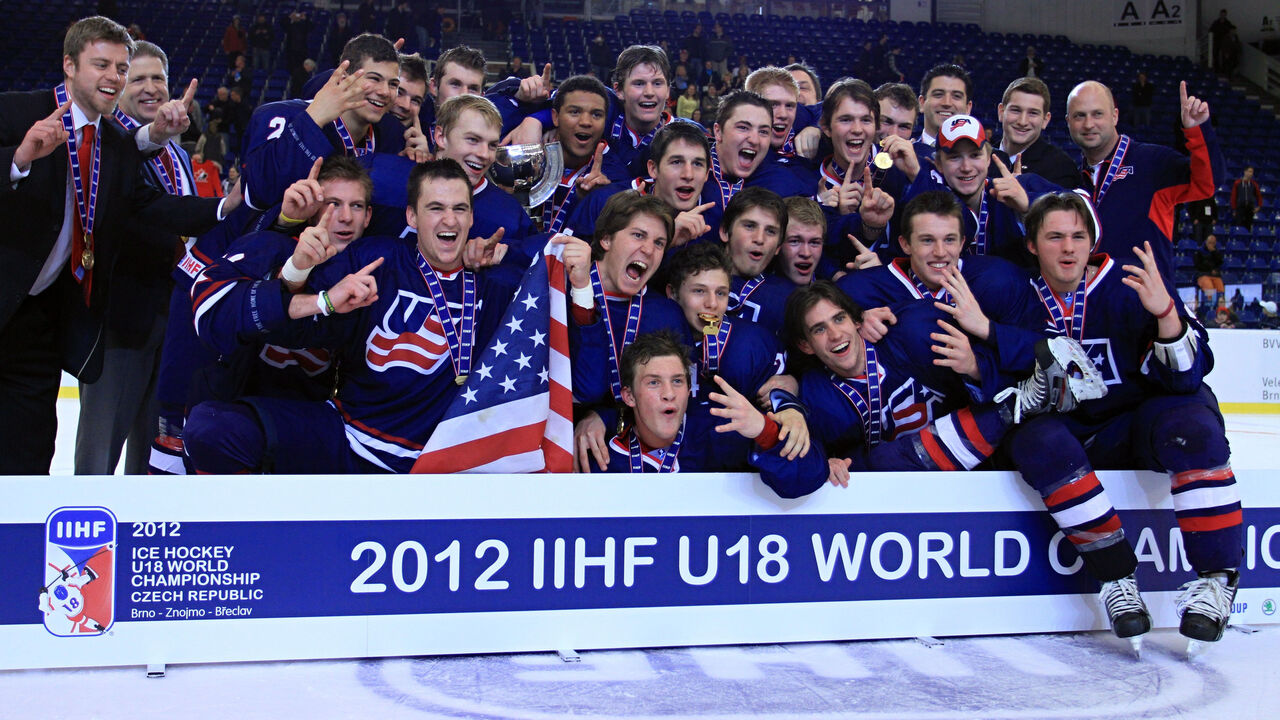
Founded in 1996, the NTDP is the brainchild of legendary bench boss Jeff Jackson, who's currently head coach at Notre Dame. Jackson believed two unsatisfied parties - the elite American player and USA Hockey - could benefit from establishing a resource-rich residency program at a centralized location.
Players could receive better coaching, use better facilities, and get more exposure, while the national body could one day reap the rewards of a deeper player pool and stronger ties between player and country. The U.S. was an easy out in mid-'90s international tournaments, with only three combined medals at the men's world juniors and men's world championships in the 16 years following 1980 Olympic gold.
NTDP assistant executive director Scott Monaghan calls the first three or four age groups the program's "pioneers." Those players took a chance on a concept foreign to hockey: 40 teens in one facility studying, lifting weights, eating well, and playing a disorienting schedule of games cobbled together against junior, college, and international opponents. Jackson borrowed the idea from soccer, but "quite frankly," Monaghan laughed, "we were making it up as we went."
Over time, as international results improved and alumni like Phil Kessel and Patrick Kane carved out illustrious careers, the NTDP transitioned from an alternative path to a North Star. "Now the first thing out of their mouth is, 'This is what I've dreamed about my whole life,'" Monaghan said of recent recruits.
Players typically spend two seasons at the NTDP - Year 1 on the U17 team, and Year 2 on the U18 team. While the U18 season is challenging in its own right, the U17 year is "pure survival," according to Granato. Adversity is everywhere.
"It's so new and taxing for the kids," said Granato, the former Buffalo Sabres coach. "It's Kryptonite. These kids were Superman in their hometowns, home regions. They imposed their will on the game and got picked for the national team. And then we put them up against USHL teams and each guy gives up size, strength, and three-to-four years of experience. They get pounded. Their confidence - and their parents' confidence - takes a real hit in the process."
Granato held a classroom session on the 1997-born group's first day in Ann Arbor. He asked each player to write their top skills on a piece of paper and hand it over. "I can't argue with any of these. You nailed it," he recalls telling the class.
"But," Granato continued, "that's bantam or midget hockey." Those strengths, he noted, won't necessarily be your main strengths if you want to crack the NHL. You need transferable skills. You need to adapt.
Current Sharks forward Luke Kunin was in the room that day, and he evolved to make himself indispensable. "When he was a young kid, he was power-play guy, point guy," Werenski said of the group's future captain. "Now he's eight years in as an NHLer - made a great career for himself - and he keeps playing the right way. He's reliable, kills penalties, knows his role."
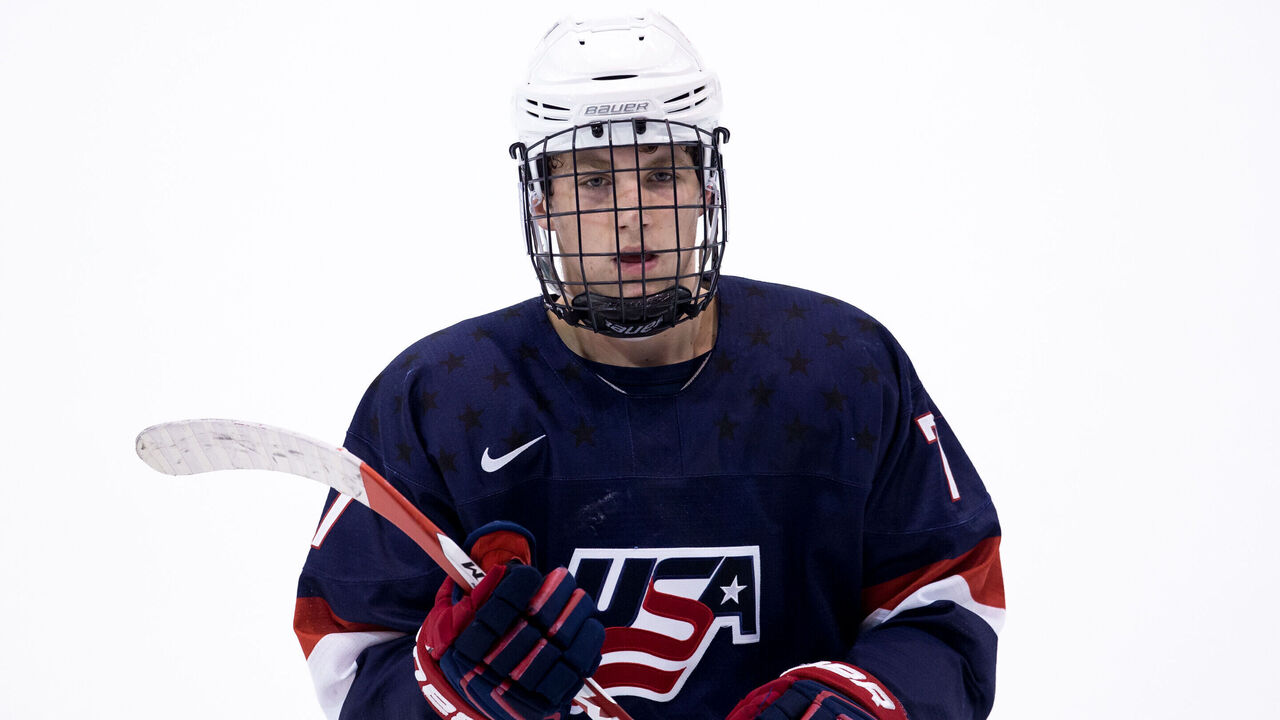
Matthew Tkachuk stickhandled his way through entire teams as a youth player in the St. Louis area. But he hit a wall in that first year away from home. Defenders no longer fell for his fancy moves, and he didn't have separation speed to compensate. Despite being a star NTDP recruit and adding a couple of inches of height, Tkachuk finished last among U17 left wingers in points.
"I wasn't going to make it to the NHL as that type of player," Tkachuk said. "I really had to adapt, and I spent a lot of time working in and around the net. Working on my shot. Working on the shot mindset. Working on skating. All of that stuff to try and become more of a power forward. I think that helped me so much because, in that U18 year, I took off (with 95 points in 65 games)."
Tkachuk remains a below-average skater - yes, even with a Stanley Cup ring and a pair of 100-point NHL seasons before the age of 28. He gets to where he needs to be in a timely fashion thanks to smarts and positioning. He can play a fast brand of hockey because he hustles and anticipates exceptionally well.
Werenski's struggles at the NTDP were mostly internal. He arrived with the skating ability, vision, shooting, and passing that scouts drool over, but he lacked confidence. Werenski would look over at Hanifin, this self-assured "man-child" billed as the next great American blue-liner, and wonder if he'd ever feel or look like that, let alone earn a spot on the U17 team's first power-play unit.
"It was the first time I was really challenged," said Werenski, a dominant youth player in Michigan. "And that challenge brought on some self-doubt."
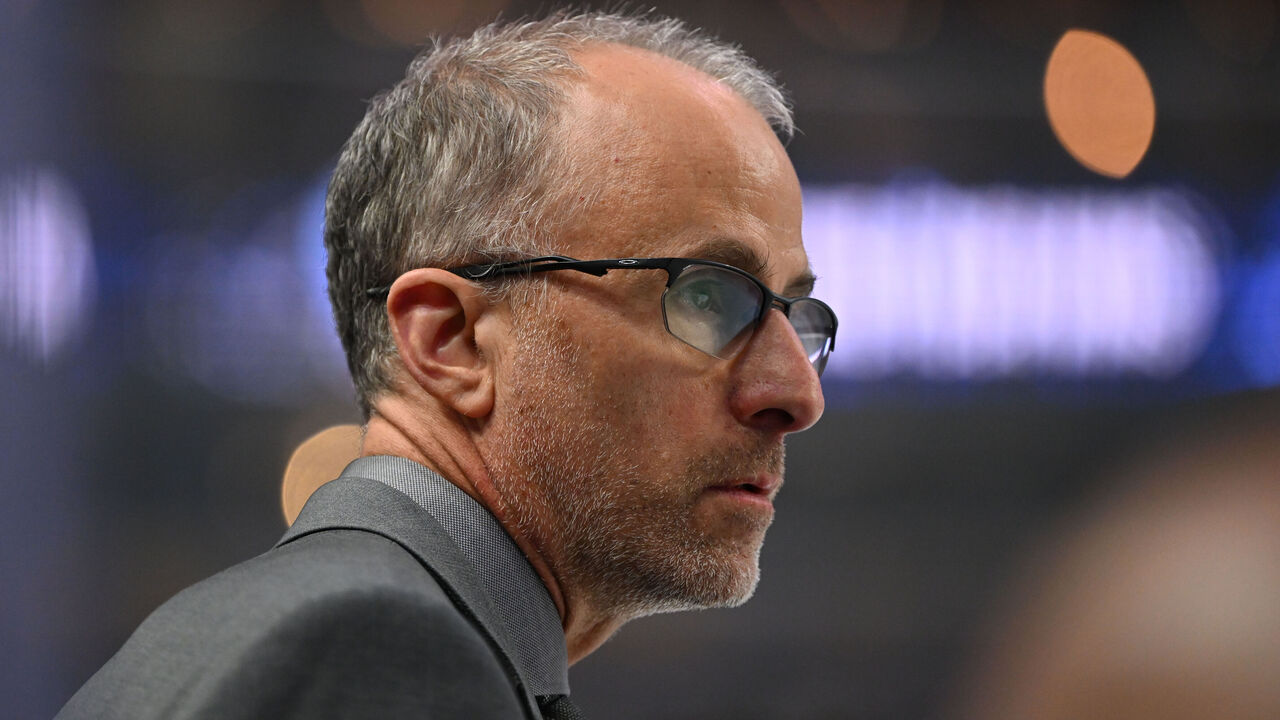
Werenski, who's in contention for the Norris Trophy this season, credits Granato for helping him get his bearings. The coach regularly reminded him of his abilities while simultaneously pushing him to get better in every aspect of the game. It worked. Werenski, like Hanifin, left the NTDP for college following one season. He immediately made an impact at the University of Michigan.
Matthews was one of the first 1997-born kids to be offered a spot at the NTDP. The future Maple Leafs sniper was a relative unknown out of Arizona; however, he quickly lived up to expectations as the team's top forward. People best remember his size, drive, and natural command of the game.
Assistant coach Nick Fohr likes to share one particular story. A few months into that U17 year, Matthews was close to returning from a broken femur but hadn't been medically cleared. This meant he would miss the next few games.
"Donny and I walk out to watch practice," recalled Fohr, who still coaches at the NTDP. "Auston had gone on the ice early to do some work with the goalies. They were doing a drill where you cut to the middle of the ice and fire a shot. He comes in, shoots, scores. He skates right by us in the corner and stares us down. He comes in next time, does the same thing, and stares us down again. He looked at us, like, 'I am ready. I am telling you, I am ready.'"
Granato can picture young Matthews vividly. He swears the kid winked, too.
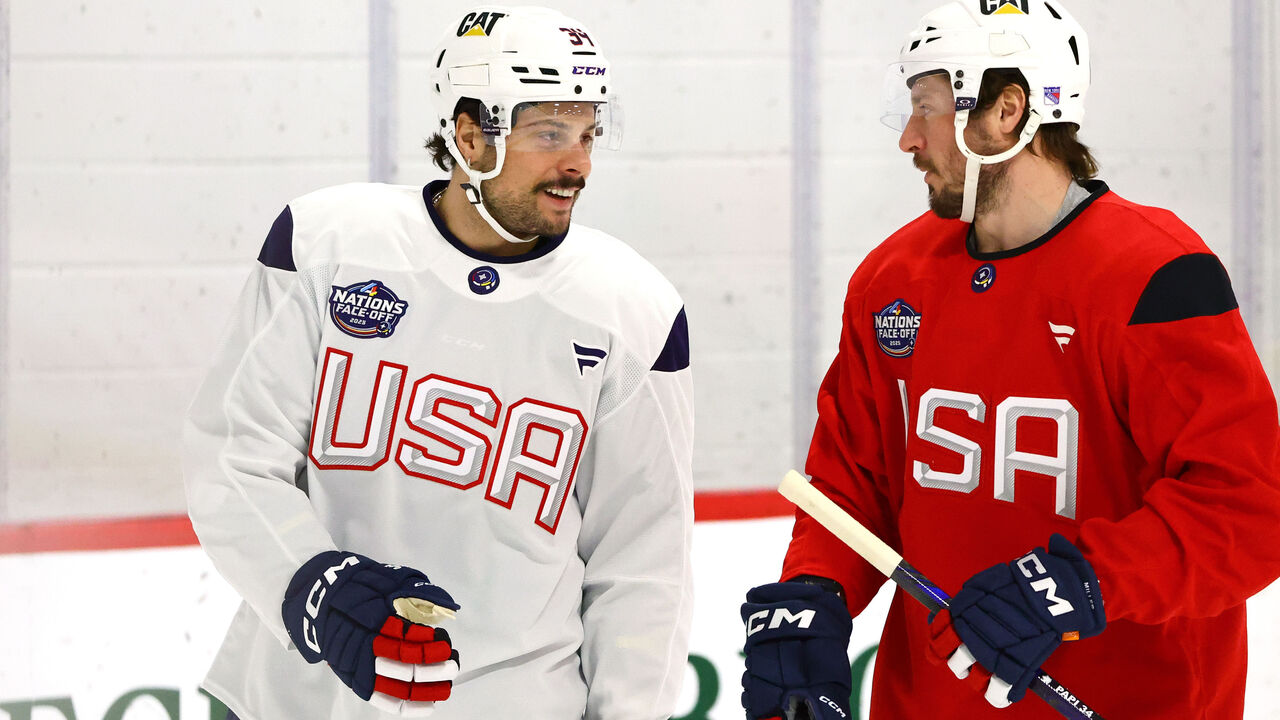
Matthews was eventually summoned to the older squad and starred at the U18 world championship. That team, with Cole as head coach, featured three 4 Nations forwards down the middle - Jack Eichel, Dylan Larkin, and Matthews. Team USA won gold and repeated the next year with the 1997s.
Matthews, who's gone on to score more goals than anyone else since breaking into the NHL in 2016, left the NTDP with 179 points in 104 games.
In those early stages of his superstar trajectory, Matthews would sometimes get frustrated because his linemates couldn't fully keep up with him. Granato pointed out in a private meeting that he'd likely run into the same problem at the NHL level. So, the coach told Matthews, let's figure out right now how to, one, accept this reality, and two, push your linemates to improve.
"The biggest thing with a guy like Auston was that it was always hockey, hockey, hockey," said Steven Ruggiero, a defenseman who joined the '97 group for Year 2, made his way to the ECHL, and is now retired from hockey.
"You'd get off the ice and some guys would be hustling out of the rink to shut down for the night, and there Auston would be getting a stick off the rack to shoot pucks. He's going to go work on his technique so he can toe drag better, catch and release better. Then he'd pull it off in a game the next weekend and it all made sense. He really obsessed over the little intricacies."
This is what Cole means by the NTDP being "a candy store for elite hockey players." It's a place with virtually unlimited ice time. Video sessions. Stiff competition. Access to some of the brightest up-and-coming coaches, plus professionals in strength and conditioning, mental skills, and academics.
The 1997-born group, particularly in their U17 year, embodied what the NTDP is supposed to be about. The players built metaphorical calluses in those intense practices, in those classroom sessions, in a tough USHL season (11-20-0-1 record), in the gym, and in their own minds. "We want to take the best young players and put them in an environment where they are going to fail," Monaghan said.
"We have a saying right near the locker room door in Plymouth: 'Take responsibility for your development,'" the longtime USA Hockey administrator added. "That's what it comes down to. And it's not just about your time at the NTDP. That's anywhere in sports. You have to put in the work to really grow."
John Matisz is theScore's senior NHL writer. Follow John on Twitter (@MatiszJohn) or contact him via email ([email protected]).